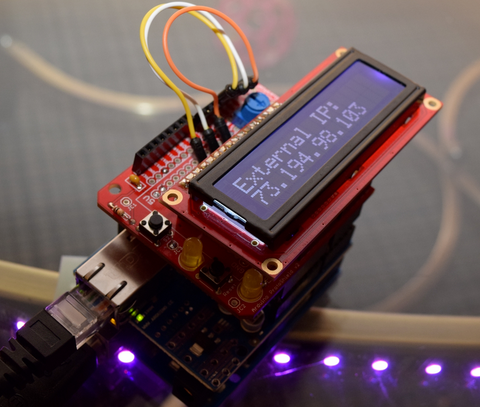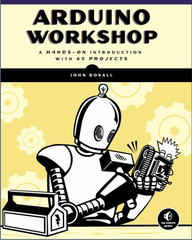Those of you interested in radio teletype may find the following project by Jeff Whitlach KO7M of interest - which uses an Arduino Due or compatible board as the brains behind a full USB keyboard to PSK31 interface. For the uninitiated, PSK31 is (thanks Wikipedia)
..."Phase Shift Keying, 31 Baud" is a popular computer-soundcard-generated radioteletype mode, used primarily by amateur radio operators to conduct real-time keyboard-to-keyboard chat, most often using frequencies in the high frequency amateur radio bands (near-shortwave).
Using Jeff's previous work with the DAC on the Due, the PSK31 project is explained well and with some thought you can recreate your own version. Connecting a USB cable to the Due is accomplished with a USB OTG cable, and also remember to heed the notes about connecting low-impedence circuitry to the DAC output. To work around this a small audio amplifier circuit is created to boost the output.

With the addition of an LCD or other display you can add feedback for the user input, however this isn't required for use. To get started on this PSK31 project, visit Jeff's interesting website. And for more, we're on facebook, Google+, and twitter - so follow us for news and product updates as well.
Looking for an Arduino Due-compatible board with more connectivity possibilities and options than the original? Then check out our new EtherDue board:
It's the Arduino Due-compatible board with the Freetronics additions including Ethernet network connectivity, MAC address chip, microSD storage, optional PoE, upgraded power supply and more - while retaining the simplicity and ease of the Arduino IDE (with 100% compatibility). And you still have a full USB interface for uploading sketches and direct programming. For more information on this powerful board, check out the EtherDue product page.
























